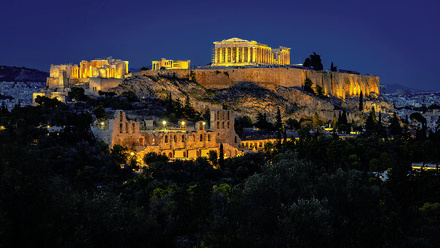EN 16763:2017: creating a level playing field for services for fire safety and security systems in Europe
To address these issues, the European Union approved in 2006 the Services Directive, whose aim is to realise the full potential of services markets in Europe by removing legal and administrative barriers to trade, thus creating a Single Market for Services.
European standards have a role to play in this quest. They can contribute to foster cross-border trade; create new quality jobs; enhance safety quality and performance; and support the protection of consumers, workers and the environment. By setting common requirements for services, standards ensure the same quality levels everywhere.
An example of this centrality is EN 16763:2017 Services for fire safety systems and security systems. This European Standard is intended to create a common understanding by establishing criteria for the service level of providers, the involved staff and the output provided. In particular, EN 16763 targets organisations offering services involved in the planning, design, installation, commissioning, verification, handover or maintenance of fire safety systems and/or security systems (such as fire detection, fire alarm, heat control or intruder alarm systems) by setting minimum requirements as well the competencies, knowledge and skills of the providers' staff.
As the objective of this standard is to set minimum levels of service, it presents a list of requirements that service providers all around Europe shall abide to, describing in detail what is expected from the different phases and actors in the work for fire safety and security systems and how to demonstrate compliance. In this way, EN 16763 distinguishes between requirements for the service providers, for subcontracting, for the staff and for the outputs of the different stages of work. In particular, for the staff the document identifies three different roles with specific tasks and responsibilities, and sets the levels of knowledge and expertise they should ensure.
Taken together, all these requirements ensure that all phases of work regarding the design, the installation or the maintenance of fire safety and security services are of a high, demonstrable level, everywhere in the Single Market, with clear benefits to the consumers. ANEC, the European voice of consumers in standardization, commented: "Before this standard was produced there was a large difference between the requirements for fire safety and those for security systems and this had an adverse effect and large cost implications for the consumer. There was also a large difference in the installation and service standards for different countries in the EU and this standard has now given the EU a standard that removes a lot of the confusion and misunderstanding that benefits the consumer both in monetary and standardisation."
EN 16763:2017 was adopted by CEN/CLC/JTC 4 Services for fire safety and security systems.




